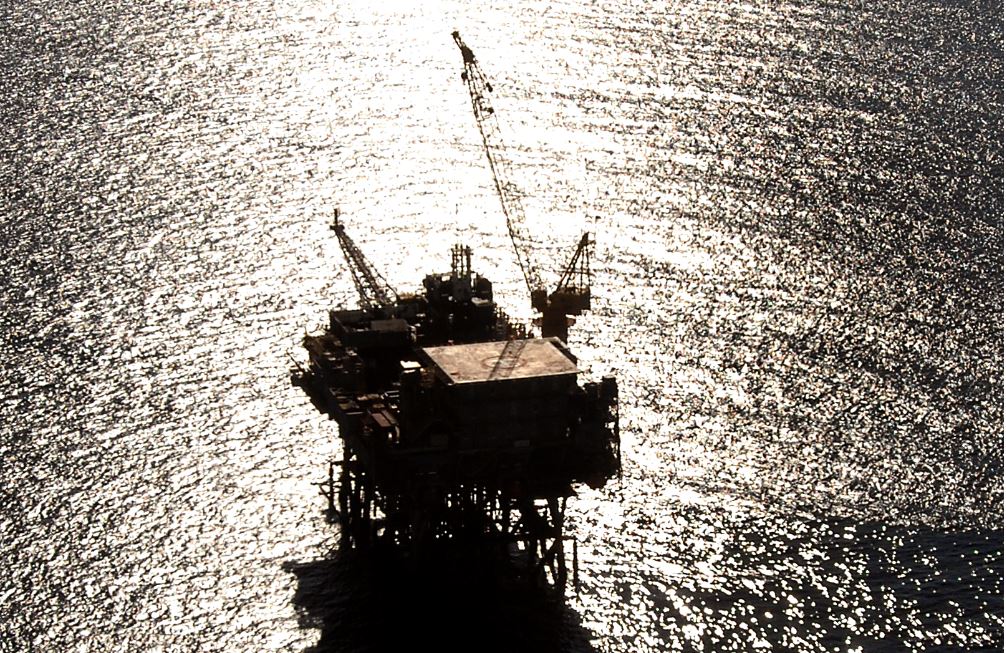
The National Offshore Petroleum Safety and Environmental Management Authority (NOPSEMA) has accepted Esso Australia’s revised Environment Plan (EP) for its Bass Strait operations. The revised EP was necessary to ensure the ongoing management of all operational and non-operational Esso facilities in the Bass Strait.
Esso Australia, a wholly-owned subsidiary of ExxonMobil Australia Pty Ltd, is the operator for the Gippsland Basin Joint Venture (Esso and BHP Billiton Petroleum (Bass Strait) Pty Ltd).
In 1965 the joint venture drilled Australia’s first offshore well and discovered the Barracouta gas field in the Bass Strait, offshore Victoria. Two years later Kingfish was discovered, the first offshore oil field, which to this day remains the largest oil field ever discovered in Australia.
Since establishment, the Bass Strait operations have produced over 50 per cent of Australia’s crude oil and liquids production and supplied over 40 per cent of all Eastern Australia’s natural gas consumption.
Over the years, 421 wells, 19 platforms, five subsea facilities (four existing and one proposed) and approximately 600 kilometres of subsea pipelines have been constructed and installed to support the operation.
According to NOPSEMA, production of hydrocarbons has ceased at 10 platforms, three subsea facilities, 16 pipelines and over half of all wells drilled. Production is expected to cease at a further six platforms and seven pipelines by 2025.
On Thursday, NOPSEMA noted that ‘while Esso’s EP addressed aspects of decommissioning work at its non-operational facilities, the scale of the work required, and the associated timeframes, are beyond the scope of the EP’.
To ensure decommissioning activities are undertaken at non-operational facilities in a timely manner, NOPSEMA has issued a general direction requiring Esso to complete all preparatory decommissioning activities, including plugging or closing wells and commencing topside dismantling by 2027, and to ensure facilities are maintained so that structures and equipment can be safely removed in the future.
Additionally, Esso must explore opportunities to reduce the timeframe for completing the decommissioning activities and regularly report its progress to NOPSEMA.
This will be the first time decommissioning of this scale has been undertaken in Australia and NOPSEMA said it will closely monitor Esso’s progress.
The issuing of the general direction is consistent with the approach spelt out in NOPSEMA’s decommissioning strategy and plan, published on 20 April.
As this strategy and plan are rolled out, NOPSEMA will continue to work with government and industry to ensure decommissioning activities in Australia are carried out in a timely, responsible and efficient manner.
Jess Lerch, National Corporate Campaigner for the Wilderness Society, said: “We welcome the regulator’s intervention here with the issuing of the general notice to decommission. Both ExxonMobil and the co-owner of these assets, BHP, had indicated their desire to sell them to other players. This is the same business model that led to the Northern Endeavour debacle.”
Ms Lerch said they do not want delays in decommissioning combined with shortcuts in maintenance to put the Wilderness Coast of East Gippsland at risk.
“And the regulator agrees saying Esso’s “ability to decommission appropriately is increasingly at risk the longer the period that elapses between cessation of production and completion of decommissioning activities’.”
On its website, Esso notes the process of decommissioning offshore facilities presents complex challenges and as the operator of some of Australia’s most mature oil and gas fields, the company is committed to decommissioning the Bass Strait offshore facilities at the right time, and in the right way.







